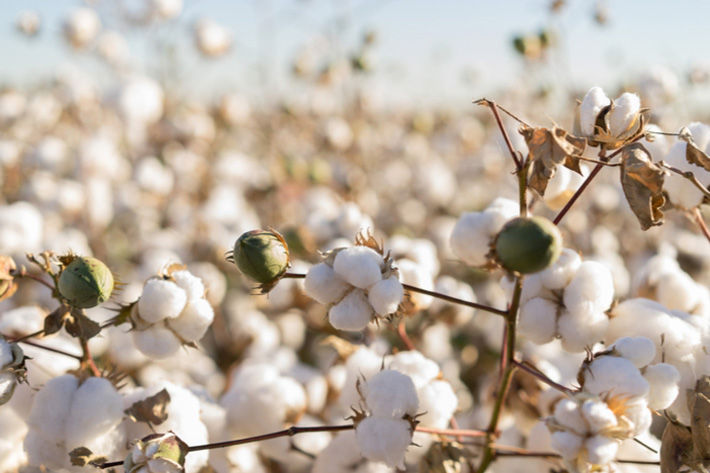
The three cotton companies present in Burkina Faso, Société Burkinabe des Fibres Textiles (SOFITEX), Faso Coton and Société Cotonnière du Gourma (SOCOMA), already ordered cotton inputs in anticipation of these developments.
The MY 2022-23 fertiliser prices increased by 97 per cent from the previous MY—$565.22 per tonne to $1,109.57 per tonne. From that starting price, companies will add logistics costs and a 6 per cent credit rate.
The newly appointed government in the country has not yet announced the level of fertiliser subsidy or farm gate price, which will be important factors for farmers decisions on planting, USDA said in its Cotton and Products Annual report.
According to private industry, to keep the same fertiliser price as in MY 2021-22, the government needs to provide about $111.30 million in fertiliser subsidies. Currently, the country is experiencing a food shortage, and private industry thinks that during MY 2022-23, farmers could divert fertiliser and use it on food crops such as maize, which could lower cotton yield.
USDA forecasts MY 2022-23 production to jump by 12 per cent to 1.1 million bales, assuming average rainfall, low pest pressure and adequate use of fertiliser.
All three cotton companies in Burkina Faso estimate MY 2021-22 area and production to increase by 7 per cent and 4 per cent from the previous MY at 595,000 hectares and 990,000 bales respectively.
The MY 2021-22 crop was characterised by a 20-day delay of the rainy season, which was poorly distributed among crops, reducing the percentage of early seed planted (6 per cent) and delaying fertiliser distribution.
However, rain lasted until October in the Faso cotton zone and November in the Sofitex zone. In addition, there was less pest pressure, despite the discovery of jassids and mites in the Sofitex zone that were controlled.
Security challenges remain throughout the country, especially in the SOCOMA zone, preventing farmers access to their field and causing displacement of many inhabitants. In MY 2021-22, the government provided a fertiliser subsidy in the amount of $26.84 million.
Consumption for MY 2022-23 is forecast at 25,000 bales, the same as the previous year. Burkina Faso has one spinning company, La Filature du Sahel (FILSAH), which was established in 1997 and started operations in 2000. The company has a processing capacity of about 5,400 tonnes of fibre to yarn per year, which is sold to Europe (about 50 per cent), the domestic market (26 per cent) and in the Sub-Saharan Africa (24 per cent).
FILSAH also diversifies its production towards yarns for crafts, export, and for ‘Maliwatt’, a canvas made from cotton waste to wrap cotton bales for export. Canvas is intended to replace plastic used to wrap the bales.
MY 2022-23 cotton exports are forecast at 1.08 million bales, an increase of 12 per cent from the previous MY based on available supply. Cotton exports for MY 2021-22 are estimated at 965,000 bales, down by approximately 14 per cent from the previous MY due to a low ending stocks.
Cotton fibre is transported to the ports of Abidjan, Benin, Togo or Ghana by train or trucks. In 2021, the top importing countries were China (77 per cent), Pakistan (7 per cent) and Thailand (3 per cent).
MY 2022-23 stocks in Burkina Faso are forecast to remain at the same level as the previous year, at 10,000 bales.
ALCHEMPro News Desk (DS)
Receive daily prices and market insights straight to your inbox. Subscribe to AlchemPro Weekly!